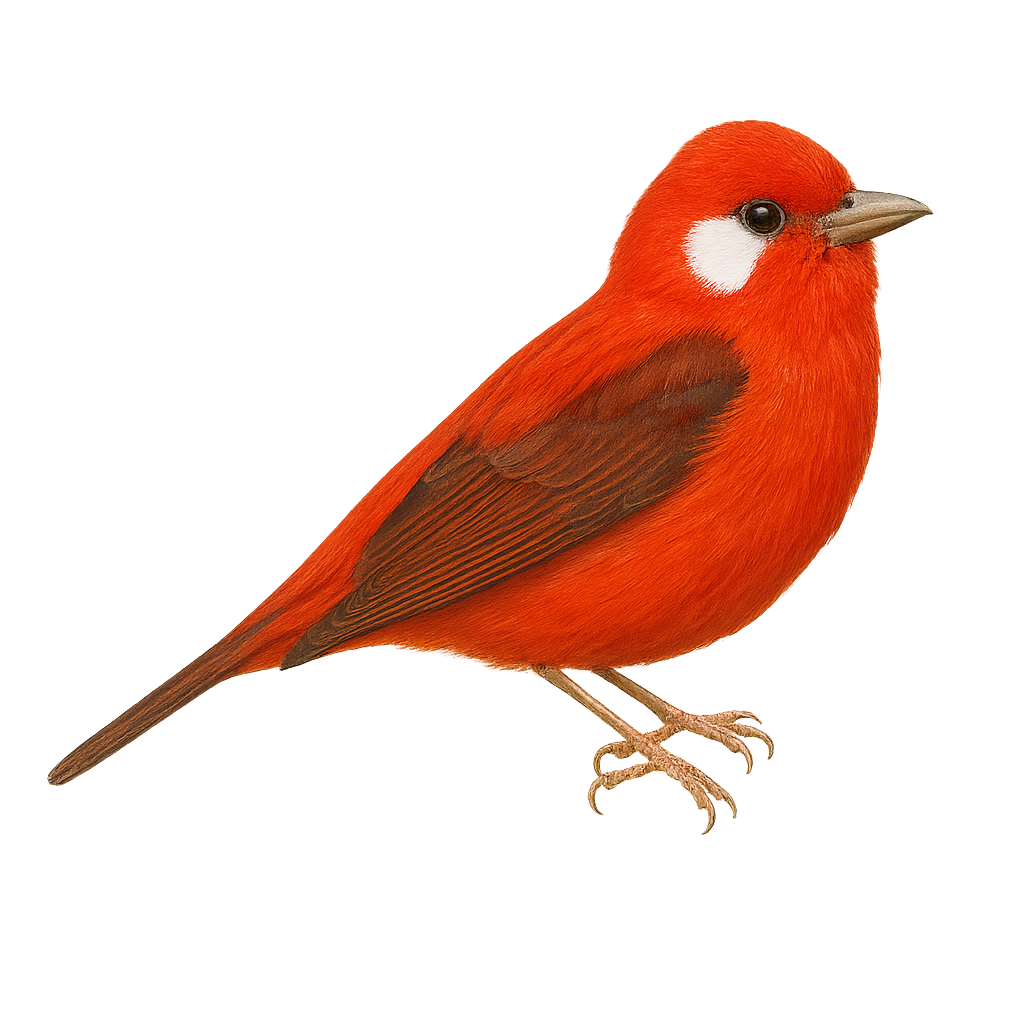Your wildlife photography guide.
Explore the red warbler in detail, study its behavior, prepare your shots.
Where to observe and photograph the red warbler in the wild
Learn where and when to spot the red warbler in the wild, how to identify the species based on distinctive features, and what natural environments it inhabits. The WildlifePhotographer app offers tailored photography tips that reflect the red warbler’s behavior, helping you capture better wildlife images. Explore the full species profile for key information including description, habitat, active periods, and approach techniques.
Red Warbler
Scientific name: Cardellina rubra

IUCN Status: Least Concern
Family: PARULIDAE
Group: Birds
Sensitivity to human approach: Suspicious
Minimum approach distance: 10 m
Courtship display: April to June
Incubation: 12-14 jours
Hatchings: April to July
Habitat:
Pine forests, oak forests, mountains
Activity period :
Primarily active during the day, with peak activity in the morning and late afternoon.
Identification and description:
The Red Warbler, scientifically known as Cardellina rubra, is a small songbird endemic to the mountainous forests of Mexico. It is notable for its bright red plumage, contrasting with its black face and slightly darker wings. Measuring about 12 to 13 cm in length, it is often seen actively moving through foliage in search of insects and small invertebrates. Its melodious and varied song is a distinctive feature, often used to mark territory or attract a mate. The Red Warbler prefers pine and oak forests at high altitudes, where it finds an ideal habitat for breeding and feeding.
Recommended lens:
400mm – adjust based on distance, desired framing (portrait or habitat), and approach conditions.
Photography tips:
To photograph the Red Warbler, it is advisable to use a 400mm lens or longer to capture detailed images without disturbing the bird. Look for areas of high-altitude pine and oak forests, where these birds are more active. Be patient and discreet, as they are suspicious but can be observed while feeding or singing. Take advantage of the natural morning light to achieve vibrant colors and good contrast in your photos.
The WildlifePhotographer App is coming soon!
Be the first to explore the best nature spots, track rutting seasons, log your observations, and observe more wildlife.
Already 1 439 wildlife lovers subscribed worldwide

